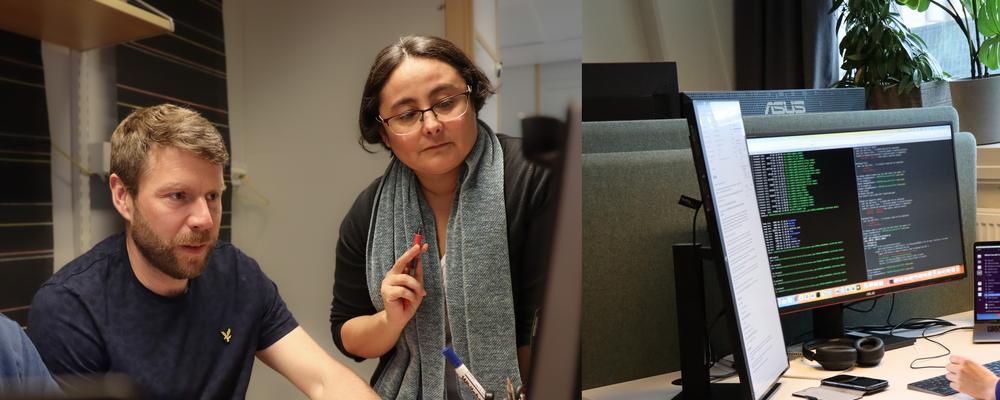“To identify biomarkers using machine learning is a novel approach in cancer radiotherapy, which earlier was a manual and time-consuming method where human bias is a risk. Britta Lange had acquired huge amount of data through animal testing where tissues from i.e., lung, kidney and liver had been radiated with different radiation. In order to have a more reliable and quicker method for analysis of the data, they turned to us,” said Björn Andersson who is a bioinformatician and the one developing the AI.
Optimized Algorithms
By adapting the algorithms in the R-programming language, Björn was able to optimize the tool to fit the project’s needs and to analyze samples each containing around 10 000 genes. The machine learning tool can also easily be developed to re-learn and analyze other sorts of expression data, for example from proteins.
“The methodological gains are mainly that we improve specificity and sensitivity in radiation biomarker screening, and reduce the workload of manual omics data analysis. At the same time, we have much more reproducible analysis that is not affected by human interpretation or bias.”
Benefit for the Patients
Although machine learning brings many improvements to methodology, the most important gains are the ones that come to the benefit of the patients.
“Quick and reliable analysis of data gives a greater chance to follow patients through the radiation treatment process, where the goal is to create optimal and individual health care,” Björn said, adding he sees future development of the tool through web-based solutions that can easily be used for different needs and samples.
This project is financially supported by the Foundation for Strategic Research
